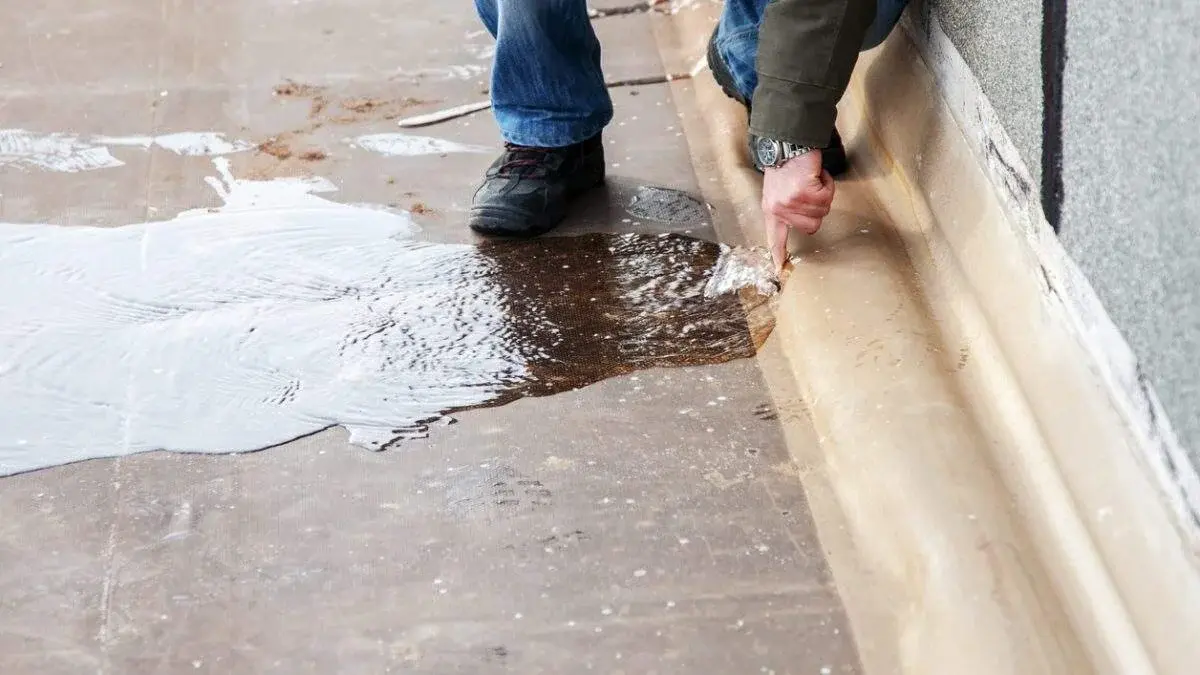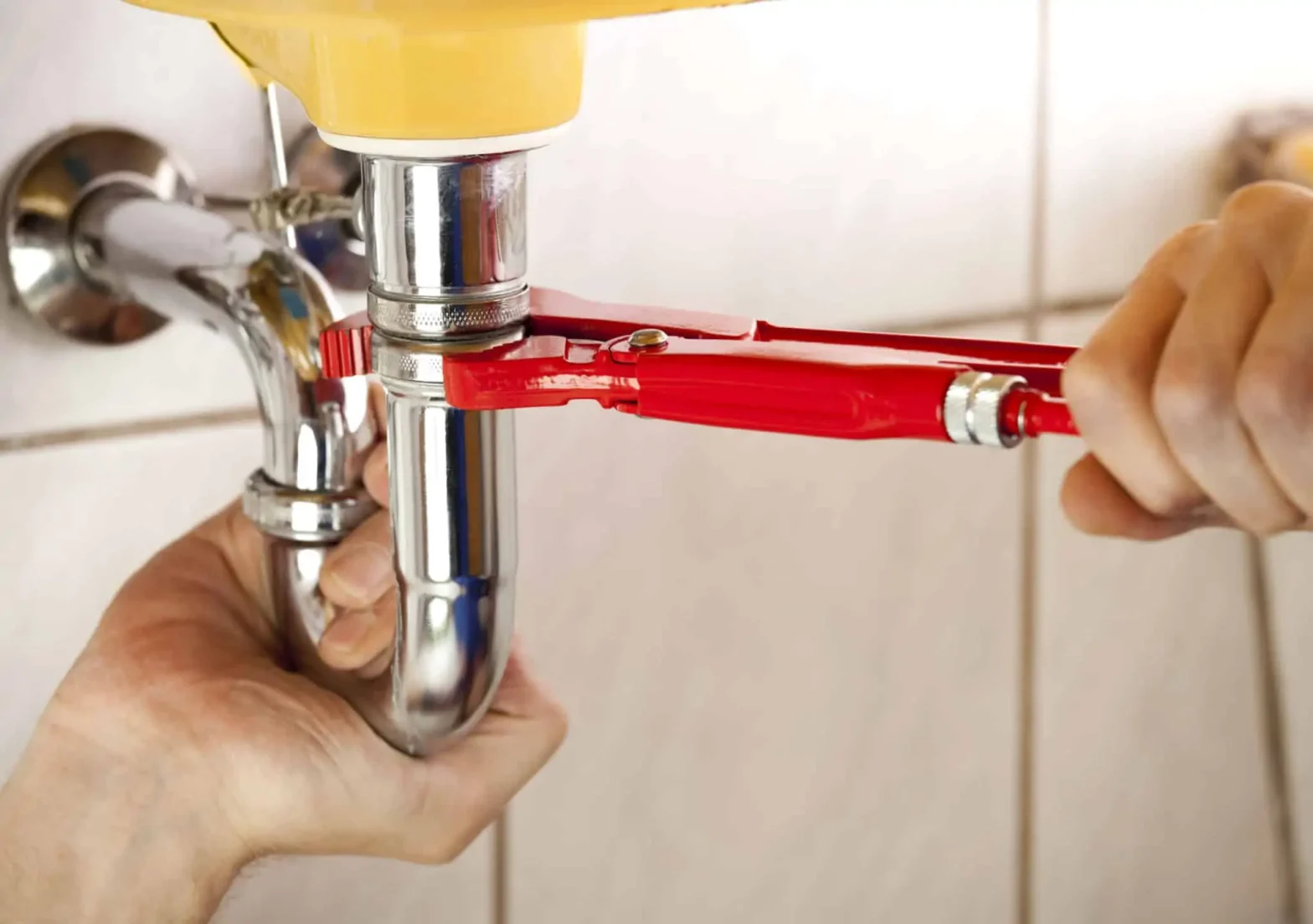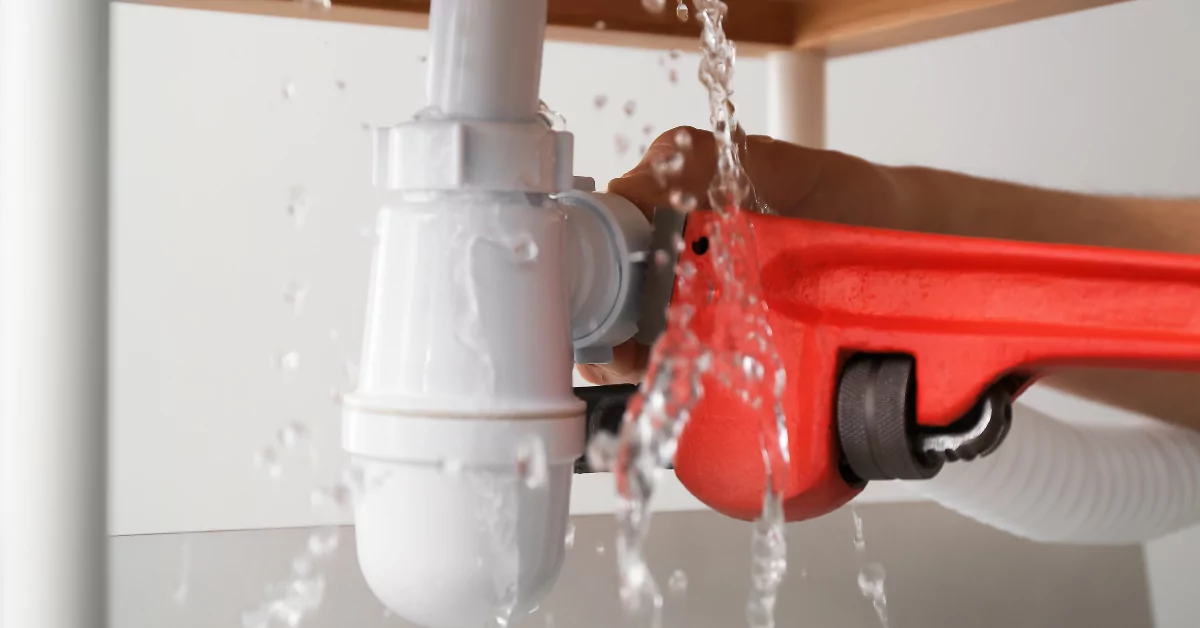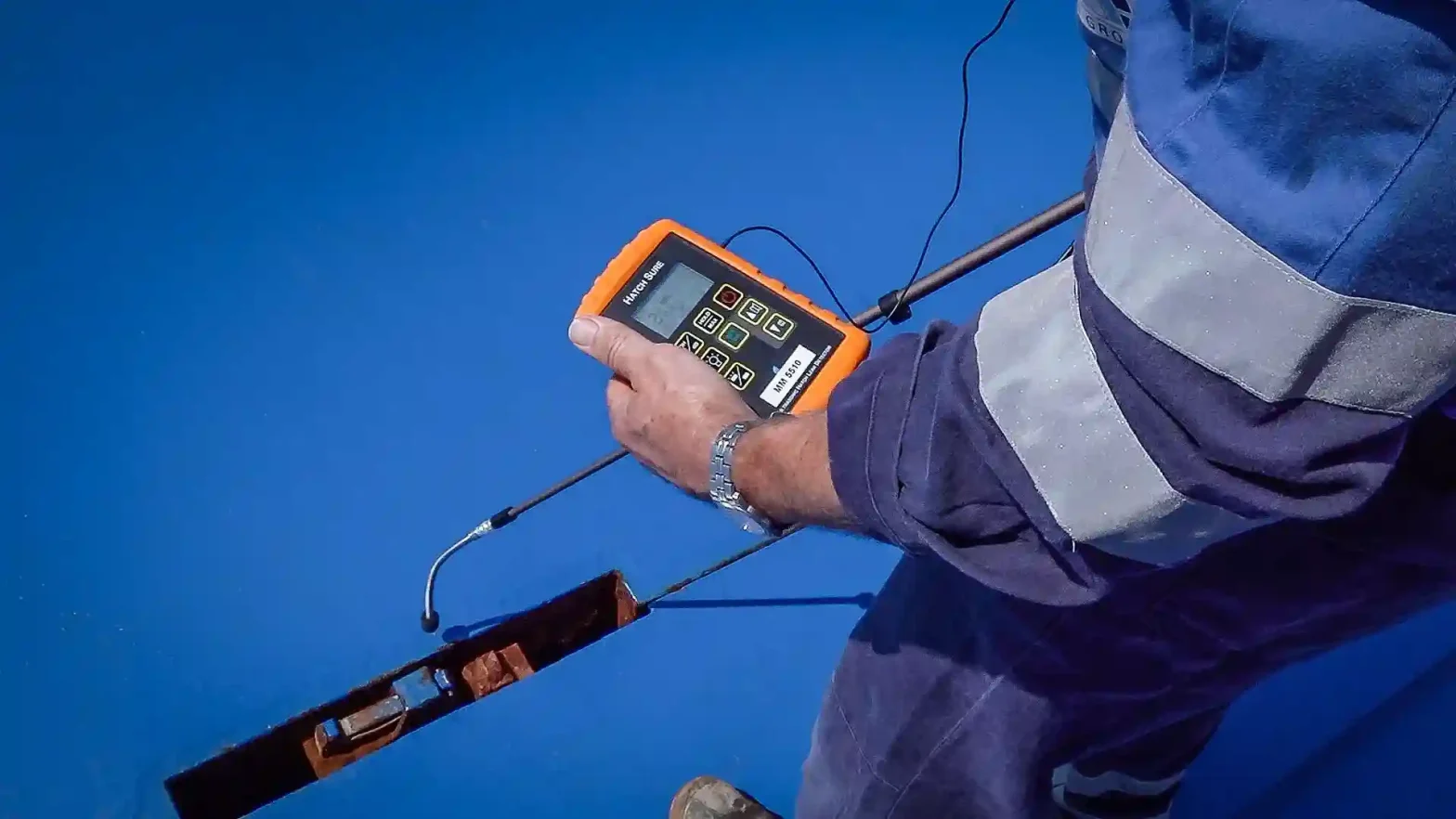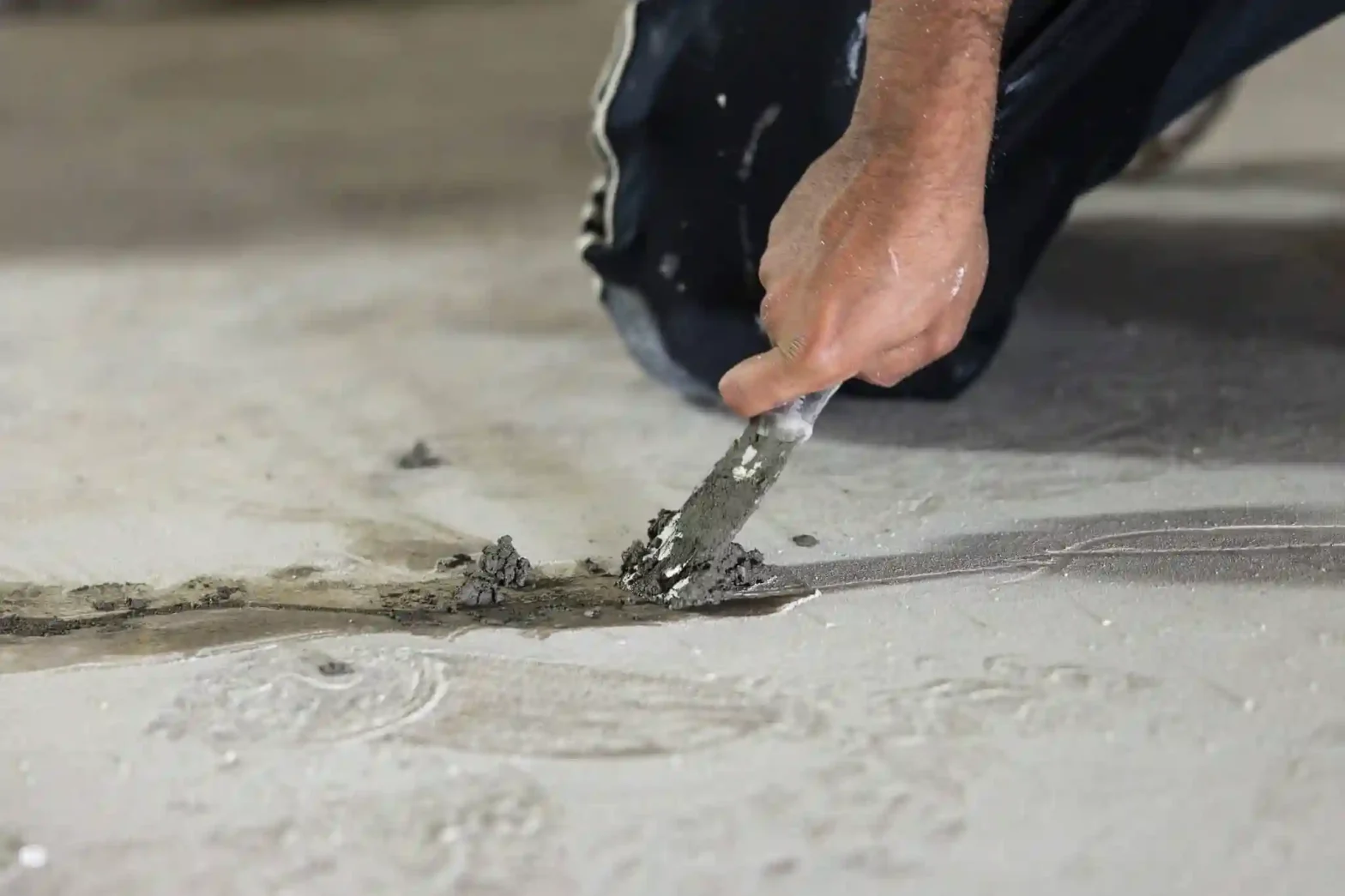Slab Leak Symptoms: A Checklist for Early 2025
Picture this: You are enjoying a quiet Saturday morning coffee when you notice a damp patch on the living room carpet that should not be there. By lunchtime, that harmless-looking spot has become a musty smell you cannot ignore. Hidden leaks under the foundation, known as slab leaks, create daily moments like these. Across the United States, household leaks already waste more than a trillion gallons of water yearly, and aging copper pipes laid before the 1990s are only weakening. With California’s constant soil shifts and rising water costs, it is clear that finding a slab leak early in 2025 is essential.
Why Fast Action Matters
A tiny pinhole in a supply line can push hundreds, even thousands, of gallons into the ground daily. That water undermines the soil supporting your slab and quietly robs your home of its stability. A family in San Diego learned this lesson the hard way after ignoring a warm patch on the floor and a steep water bill; weeks later, a crack snaked across their tiles and turned a simple repair into a foundation nightmare. Catching the warning signs early keeps a minor nuisance from escalating into structural damage and sky-high repair costs.
Six Clues You Might Have a Slab Leak
- Your Water Bill Suddenly Spikes
Review last year’s winter bills when sprinklers and outdoor hoses were idle. If usage this year is noticeably higher without lifestyle changes such as a new lawn or extra guests, the excess water is likely escaping underground. - The House Sounds Like a Faucet Is On When It Is Not
A faint hiss or trickle that refuses to stop is a classic hint. If every tap is closed, yet the water-meter dial still spins, water flows somewhere out of sight. - Warm or Damp Floors in Odd Places
Unless you installed radiant heating, a single warm tile often means a hot-water line is leaking just beneath. In carpeted rooms, watch for damp spots that reappear after drying. - A Whiff of Must or Sight of Mold
Moisture seeping through the slab feeds mold in walls, baseboards, and carpets. If an area smells like an old cellar or shows new mildew despite good cleaning habits, moisture lurks below. - An Unexplained Drop in Water Pressure
When part of your supply is pouring into the soil, showers feel weaker and washing machines take longer to fill, even though municipal pressure has not changed. - New Cracks in Walls, Tiles, or Concrete
Water erodes the ground beneath your slab and allows it to shift. Small hairline cracks that widen quickly or appear in clusters deserve immediate attention.
Recommended reading: Why slab leaks should not be ignored
A slab leak rarely shows only one clue. More often, the symptoms appear in pairs or groups, each adding pressure to the ticking clock beneath your feet. A high utility bill or a mysteriously warm tile might seem minor. Still, when they arrive together, such as rising costs and a sudden pressure drop, you are already watching the early stages of soil erosion under the slab. Because concrete cannot bend forever to accommodate shifting ground, even a slow leak can compromise the grid that keeps walls straight and floors level.
Climate and geology amplify the danger. In clay-rich soils, a constant trickle makes the clay swell, pushing the slab upward in one corner while another corner sinks as the soil dries. That uneven movement stresses plumbing joints and hairline cracks, accelerating the leak you are trying to track down. Areas prone to minor earthquakes or big seasonal temperature swings see a similar effect; each tremor or freeze-thaw cycle widens existing fissures and opens new paths for water to escape.
The moment you suspect trouble, act before curiosity turns into catastrophe. Shut off indoor water uses, test your meter for unexplained flow, document every sign, photos of damp carpet, videos capturing the hiss beneath a quiet floor, and copies of recent water bills. This record speeds professional diagnosis and strengthens any future insurance claim. Then call a licensed leak-detection specialist who can pinpoint the breach without blindly jackhammering through your living room. A prompt inspection can differ between a minor targeted repair and an entire foundation overhaul.
Protect Your Home by Acting Early
Today’s leak-detection professionals use acoustic sensors and thermal cameras to locate trouble without tearing up your floors. A fast inspection often means the difference between a localized pipe repair and significant structural work.
Cali’s Choice is ready to help homeowners stay ahead of slab leaks throughout 2025. Our licensed plumbers combine non-invasive detection gear with decades of experience to track hidden leaks and outline clear, affordable repair plans. Reach out now for an inspection and keep minor problems from turning into big ones.
Frequently Asked Questions
Q: How dangerous is a slab leak?
A: Left alone, it can drive up water bills, invite mold, and jeopardize the stability of your foundation. Early repairs cost far less than fixing structural damage.
Q: Can I repair a slab leak myself?
A: Locating the exact breach requires professional listening devices, infrared imaging, and pressure testing. DIY attempts often miss the source and leave you with a bigger mess. A licensed plumber is the safest choice.
Q: How do plumbers find the leak without tearing up the whole floor?
A: They combine electronic listening equipment, thermal imaging, and pinpoint pressure tests to locate the break before making a single cut.
Q: Will my homeowner’s policy cover the repair?
A: Many policies pay for damage caused by the leak, though some exclude the pipe repair itself. Review your coverage or ask your insurance agent for specifics.
Q: What should I do the moment I suspect a leak?
A: Turn off the main water valve to halt further damage, then call a trusted plumbing professional immediately. Fast action limits costs and safeguards your foundation.


